The Next Step:
Owning an Adolescent Puppy!
(5 minutes to read … best put the kettle on!)
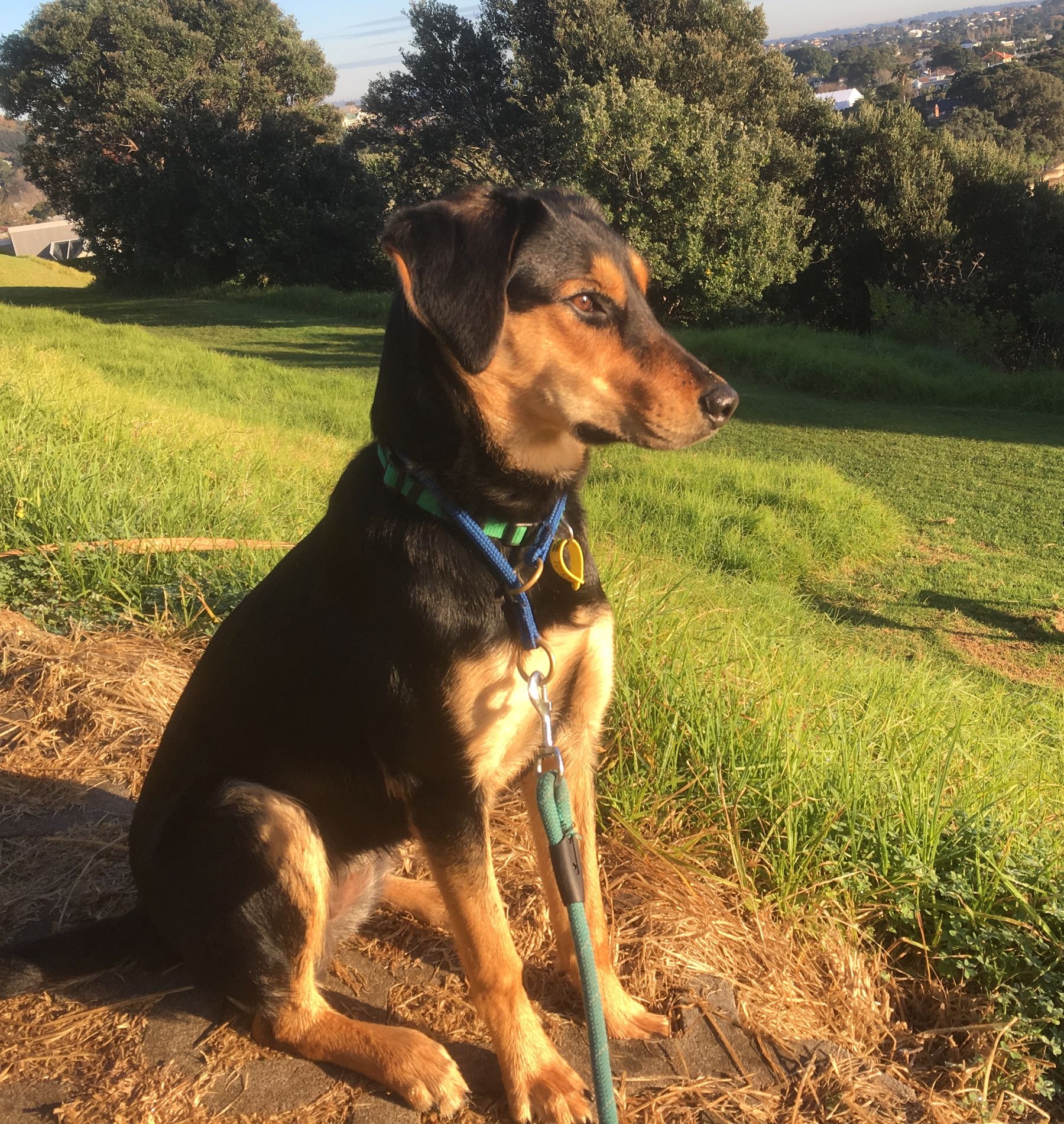 Adolescent dogs, like most teens, can be a bit of a handful. Unfortunately, this can be a time when new dog owners will say, ‘What have I done?’ and return their dog to the breeder or give it away, when it’s past being a cute puppy and at a stage when it really needs understanding, support and, above all, love. Every seasoned dog owner will tell you, ‘Pet ownership is a privilege and a commitment for life.’ It’s a lot like, ‘For better or for worse …,’ we just have to get used to the ‘worse’ periods in our human-puppy relationship, work through the issues and look forward to better behaviour later on.
Adolescent dogs, like most teens, can be a bit of a handful. Unfortunately, this can be a time when new dog owners will say, ‘What have I done?’ and return their dog to the breeder or give it away, when it’s past being a cute puppy and at a stage when it really needs understanding, support and, above all, love. Every seasoned dog owner will tell you, ‘Pet ownership is a privilege and a commitment for life.’ It’s a lot like, ‘For better or for worse …,’ we just have to get used to the ‘worse’ periods in our human-puppy relationship, work through the issues and look forward to better behaviour later on.
Like their human counterparts, adolescent pups are going through a lot of changes physically, mentally and socially. They’re no longer cute bundles of fur you can scoop up with one hand. No, they’ve morphed into lanky, strong and enthusiastic trouble makers with a propensity to chew everything. Why is it they always chew something precious like your best shoes or that specialised piece of the kids’ Lego? Is it because they are evil and have been sent to ruin our previously tranquil existence! No, of course not (although, at times I must admit, it may seem that way …). They’re growing up and are now physically more capable of exploring and are searching for their place in our world. So here are some of the things that I draw on to stop going crazy when my teen dog digs up the lawn, chews the branches off my native seedlings, …
Most dog breeds were developed to do some form of work
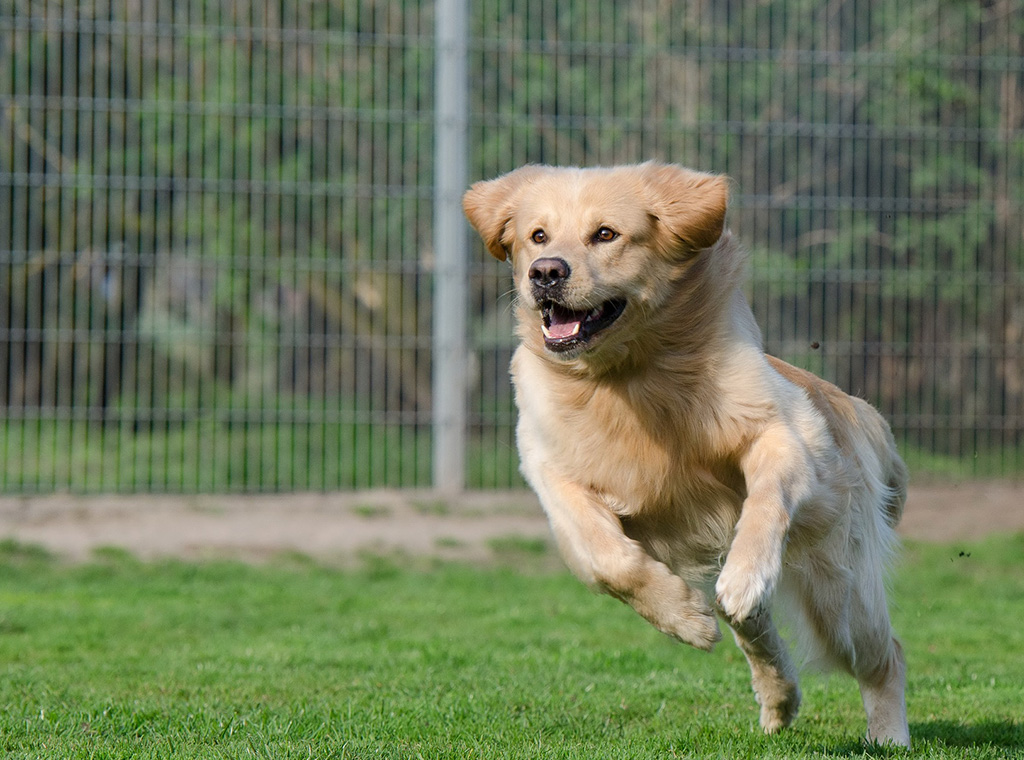 We tend to forget the ancestors of our fluffy Border Collie pup were worked, and worked hard, on farms in the often harsh environment of the Scottish and Welsh borders over centuries. That lump of lard on the couch that we call a Labrador Retriever had ancestors in freezing Labrador (Canada) who actually worked for a living. And, believe it or not, were quite trim!
We tend to forget the ancestors of our fluffy Border Collie pup were worked, and worked hard, on farms in the often harsh environment of the Scottish and Welsh borders over centuries. That lump of lard on the couch that we call a Labrador Retriever had ancestors in freezing Labrador (Canada) who actually worked for a living. And, believe it or not, were quite trim!
The people who developed breeds like the Labrador and Border Collie needed enthusiastic dogs who would get up in the morning, no matter how deep the snow, and happily get on with the job at hand. So, tomorrow morning when your teen dog pulls on it’s lead to haul you down to the beach, it’s you who’s not with the program because your pup is being what I call, ‘True to Type.’ This means it is being what it was bred to be. We just have to accept this and shape its character to fit in with us. It’s also a timely reminder to research our dog breeds thoroughly before heading out to buy a pup in the first place. One of the advantages of seeking pure breed dogs is that you can be more certain of their characteristics.
Keep Them Busy
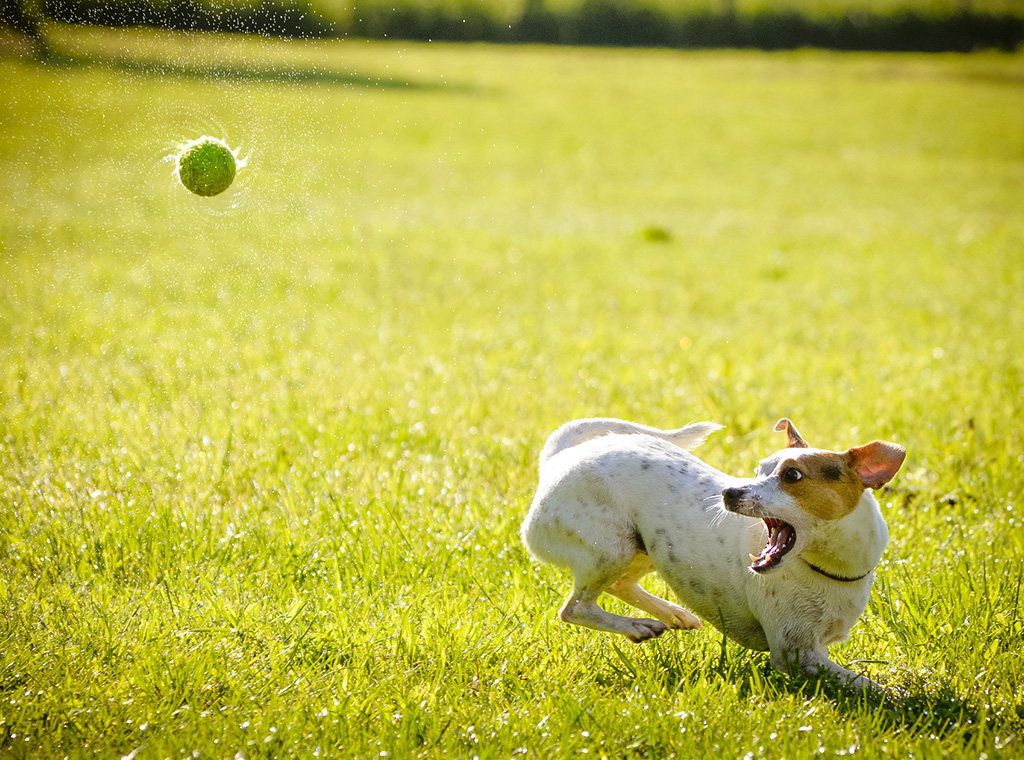 Once more, just like teenage kids, the more structured their day, the less trouble they are likely to get into. It is essential to take them for walks at least once, preferably twice daily.
Once more, just like teenage kids, the more structured their day, the less trouble they are likely to get into. It is essential to take them for walks at least once, preferably twice daily.
Personally I find training dogs to walk on a lead challenging, probably because I prefer large breed dogs and with their size comes the strength to pull on the lead. You’ll find everyone has their own ’fail safe’ way of getting young dogs to walk nicely on the lead. My advice is to:
– Develop a close relationship with your pup while it is small so that when you’re walking it on lead as a teen it will hopefully focus on you, at least some of the time.
– Take some especially tasty treats, ones that are not offered at any other time, with you on your walk and use these frequently to try to keep your pups focus on you. Some pups have a super-favourite toy, like a ball, and your holding this on the walk may keep their attention on you.
– Thirdly, again from personal experience, no matter what the books say, treats will not keep them focused on you all the time no matter how much you lavish them! So, tip number 3 is buy a comfortable lead that is easy on your hands for when they see something/someone on the walk that they simply must pull you toward.
– Keep up the training techniques you learnt at Puppy Preschool @ The Pet Doctors, like Sit & Stay to remind your adolescent pup that you call the shots. At least sometimes.
– Try to give them some off-lead time on their walks. This is easier said than done be cause so many pups get sick of being restrained by the lead and just want to run around as if possessed and bound up to everyone on the beach or park, often receiving an unfriendly reception. And do they come back when you call them? Noooo. Those treats aren’t so tasty all of a sudden and your agitated voice seems to repel them! I have found myself in this position frequently with one or other of the dogs I’ve owned in my life and I’ve come to the conclusion that it’s OK. I simply apologise to whoever the dog has offended, let them know I’m doing my best and, that slobbering bouncy pest is my adolescent dog wanting to meet people and other dogs. If they get angry, at least I’ve been as polite as possible. And I AM trying.
Born to Chew
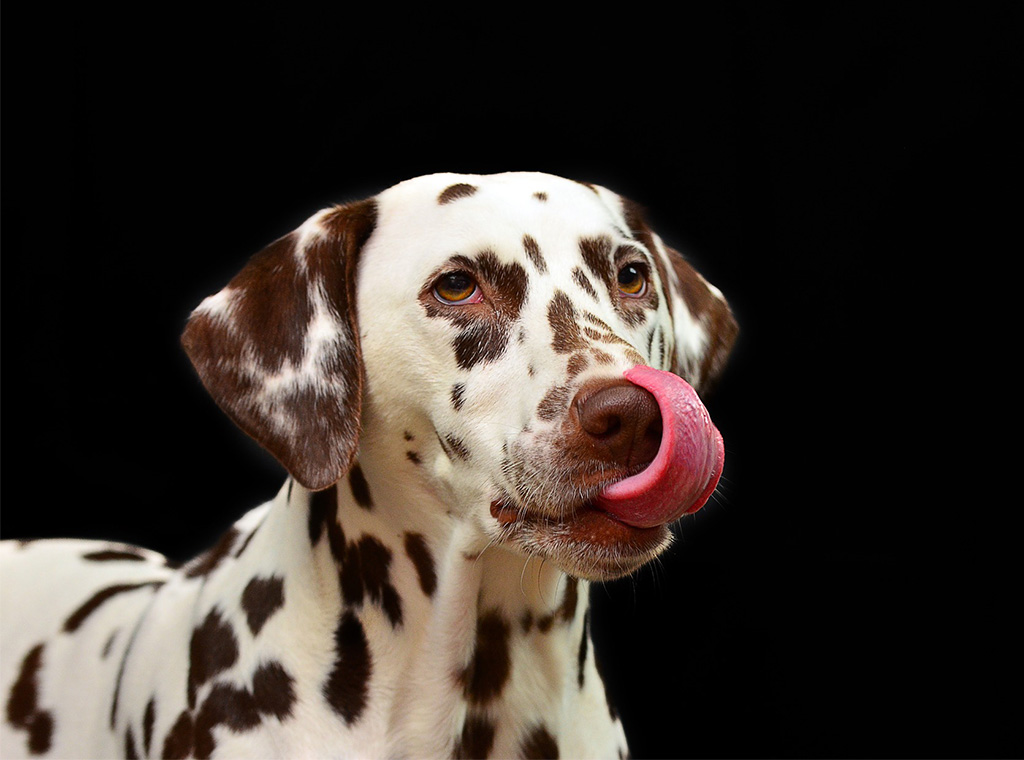 For wolves and dogs, their mouth is their livelihood. Without a perfectly functioning mouth all canids in the wild quickly perish. Every opportunity is taken by young dogs to chew because the forces generated by biting ‘set’ and strengthen their teeth into the bones of the skull and develop the muscles associated with chewing and biting. Therefore, chewing is not an ‘optional’ activity for pups, it is part of an essential physiological process. And it is here that our worlds collide!
For wolves and dogs, their mouth is their livelihood. Without a perfectly functioning mouth all canids in the wild quickly perish. Every opportunity is taken by young dogs to chew because the forces generated by biting ‘set’ and strengthen their teeth into the bones of the skull and develop the muscles associated with chewing and biting. Therefore, chewing is not an ‘optional’ activity for pups, it is part of an essential physiological process. And it is here that our worlds collide!
Many years ago I had a beautiful young dog who was particularly devoted to chewing. She would consider everything around her worthy of a jolly good munch, including my first leather briefcase that my parents gave me for my 21st birthday! At the time, I must confess, I couldn’t let the damage to the briefcase go without remark. But now, many years later, when I look at the chewed corner of the case it has twice the worth to me. Firstly its value as a 21st present and secondly because it reminds me of that dog who, later, brought so much fun and love into our lives! So, don’t hold a grudge against your pup (or return it to the breeder, or worse … ), simply remember it has to chew so put that briefcase away before she gets it!
Therefore it is important that your pup has things to chew. They only need 4 or 5 toys, positioned strategically around their environment, that they’re allowed and encouraged to gnaw on. I’ve wasted a lot of money on useless dog toys and now I only use toys that are interesting and stimulating to dogs. They must be cost effective and, above all, are as safe as possible. I never give my pups old shoes or toys that are able to cause harm like those containing bells or squeakers or with small detachable parts. A flattened plastic fizzy drink bottle (cap removed) will keep many a medium to large breed adolescent occupied for hours! But remember, no toy is completely safe and like our kid’s toys, we have to inspect then regularly and discard them when they show signs of wear.
Click here for a list of my favourite dog toys
Play the Long Game
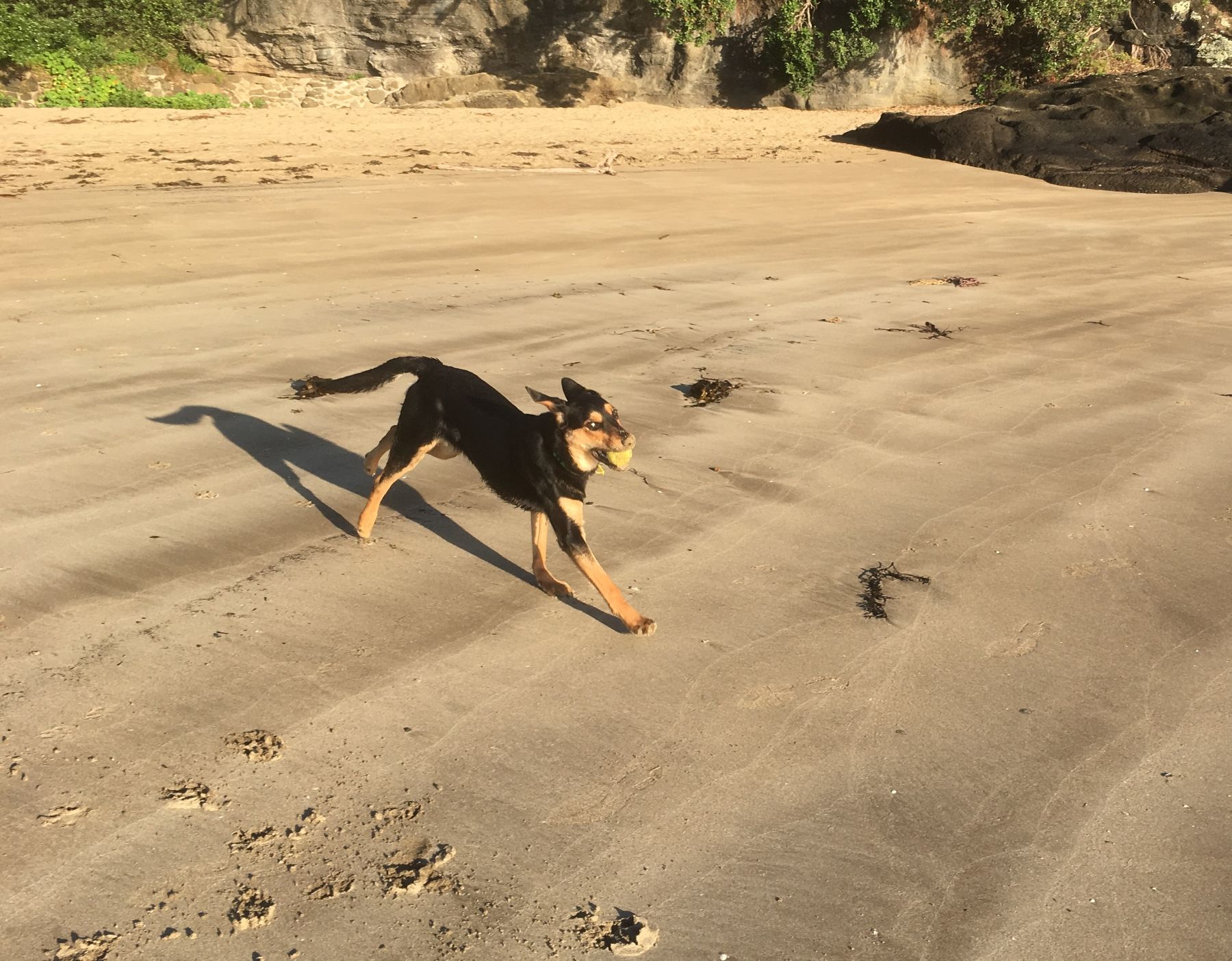 It’s easy to forget how far you’ve come with your young dog when they’re being a naughty teenager. Remember when they use to cry when you put them to bed? And how they had ‘accidents’ on the carpet—not at the edges but right in the middle of the room?! Well, you’re both past that toddler puppy stage and now they’re house trained and they don’t whimper at night time. That was a stage, and so is adolescence, which will pass and you’ll start to see the fruits of your labours as they reach young adulthood. Stay Calm. Parent On.
It’s easy to forget how far you’ve come with your young dog when they’re being a naughty teenager. Remember when they use to cry when you put them to bed? And how they had ‘accidents’ on the carpet—not at the edges but right in the middle of the room?! Well, you’re both past that toddler puppy stage and now they’re house trained and they don’t whimper at night time. That was a stage, and so is adolescence, which will pass and you’ll start to see the fruits of your labours as they reach young adulthood. Stay Calm. Parent On.
Don’t forget to have fun with your teen pup too. Throw the ball around the backyard, wrestle together with your tug toys (good for their developing dental work too!) and take some time to goof around together. I’m sure my neighbours think I’m silly when they see me play chase & tag with my teen pup up and down the driveway, making whooping and growling noises to my hearts content! You only live once, and so does your pup so give it up to Mr (or Ms) Silly on a daily basis! The truth is, it’s those times you remember when, in years to come, you’re reminiscing over photographs of that pup that you used to have and love so much.
Dog Training
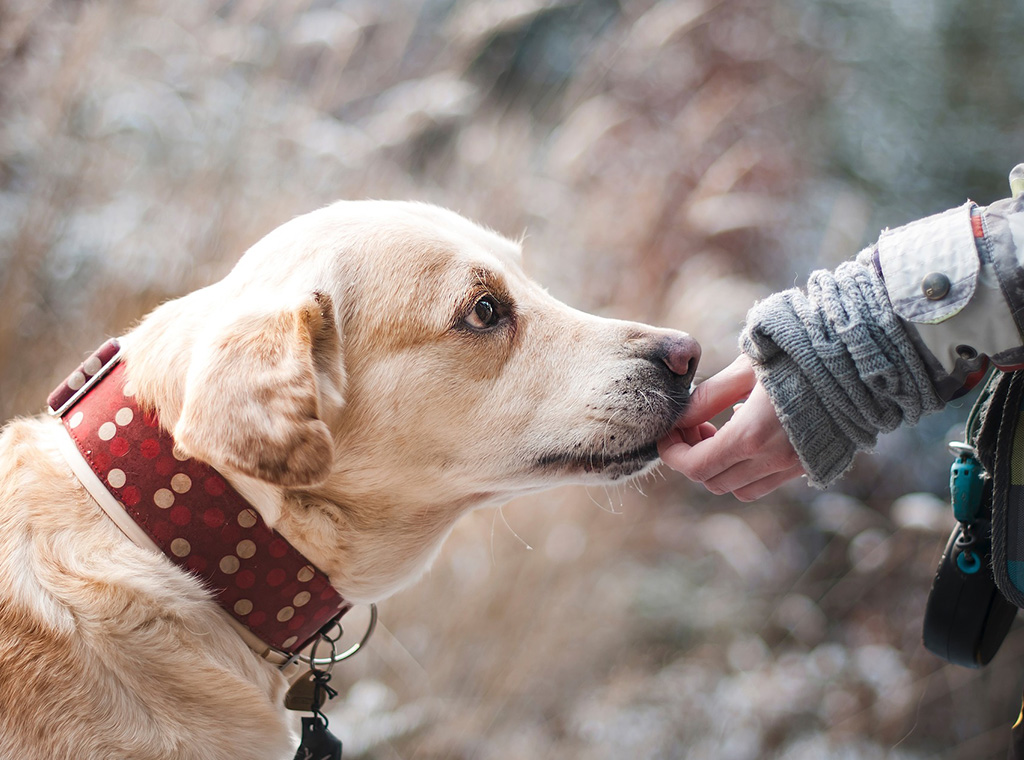 Training doesn’t finish after Puppy Pre School @ The Pet Doctors! Recently we enrolled our teen pup in to dog training but before I did so I recall saying, ‘Do we really want to take her to training? It’s going to be soooo embarrassing!’ And it will be, because my girl is going to go hypersonic when she sees all those other dogs to ‘play with!’ I have visions of me ineffectually calming and controlling her in front of rank upon rank of angelic pups sitting demurely beside their owners who are giving me disapproving looks.
Training doesn’t finish after Puppy Pre School @ The Pet Doctors! Recently we enrolled our teen pup in to dog training but before I did so I recall saying, ‘Do we really want to take her to training? It’s going to be soooo embarrassing!’ And it will be, because my girl is going to go hypersonic when she sees all those other dogs to ‘play with!’ I have visions of me ineffectually calming and controlling her in front of rank upon rank of angelic pups sitting demurely beside their owners who are giving me disapproving looks.
But it has to be because she will benefit hugely from ‘having a job.’ Working together, my pup and I will develop our relationship and we’ll enjoy each others company more. Also, the regular, quality dog to dog socialisation time at training is invaluable because dogs are social and interactive creatures. So, it’s not about me and we’re going to training no matter how much of a goose I look like to the other people there! Who really cares?
Take Home Messages
Even before you get a pup, Research your breeds.
If you’re a new-bee to dog ownership, then Welcome! We would suggest to look at getting a purebred pup and spend some time reading about the breeds you like. View them at dog shows and look for a reputable breeder. Once you’ve honed your dog husbandry skills then consider another type of purebred or a crossbreed for your next dog.
Regular, Challenging Exercise
A daily, preferably twice daily, exercise regime which is challenging enough to allow them to vent their pent-up excitement is essential. Small dogs won’t need as much exercise as large breeds, but they all need exercise.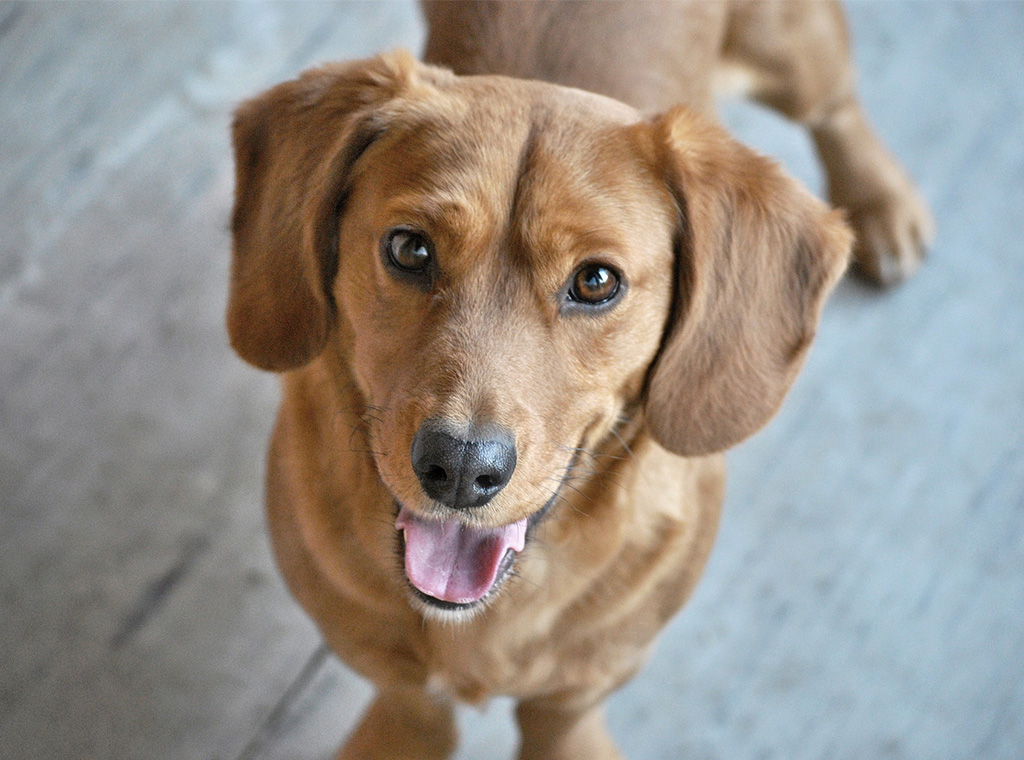
Mental stimulation.
Remember, like us, dogs are intelligent, social and inquisitive creatures. They need regular dog to dog socialisation and mentally stimulating activities (see suggested toys for adolescent pups here) that make them think. And don’t forget to get them to work with you. That can be to fetch a ball (no sticks please, they’re dangerous) on walks, obedience training, agility work, etc. At home, make sure they have a ‘view of the world’ and aren’t isolated in a high fenced backyard.
Things to chew and mouth
A range of 4 or 5 chewable toys, that aren’t old shoes or able to harm the dog, are essential. Don’t forget that fizzy drink bottle—a cheap, effective and environmentally responsible way to allow your pup to express its desire for dental exercise!
Dog training
‘A job for young dogs’ because they need mental stimulation, socialisation and sense of purpose. Remember, most dog breeds were bred for work and, like us, they expect employment!
Stay Calm & Parent On
Believe it or not, your pup needs and loves you. Even when they won’t come back to you at the beach, you are still the centre of their universe. They are simply at a stage when they are easily distracted, brimming with energy and just want to get on with life. So, KEEP UP!
Get In Touch
For friendly advice and professional pet health care, please use this form or view our contact details.
